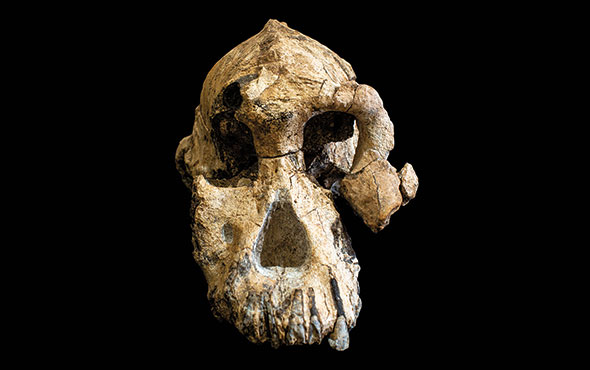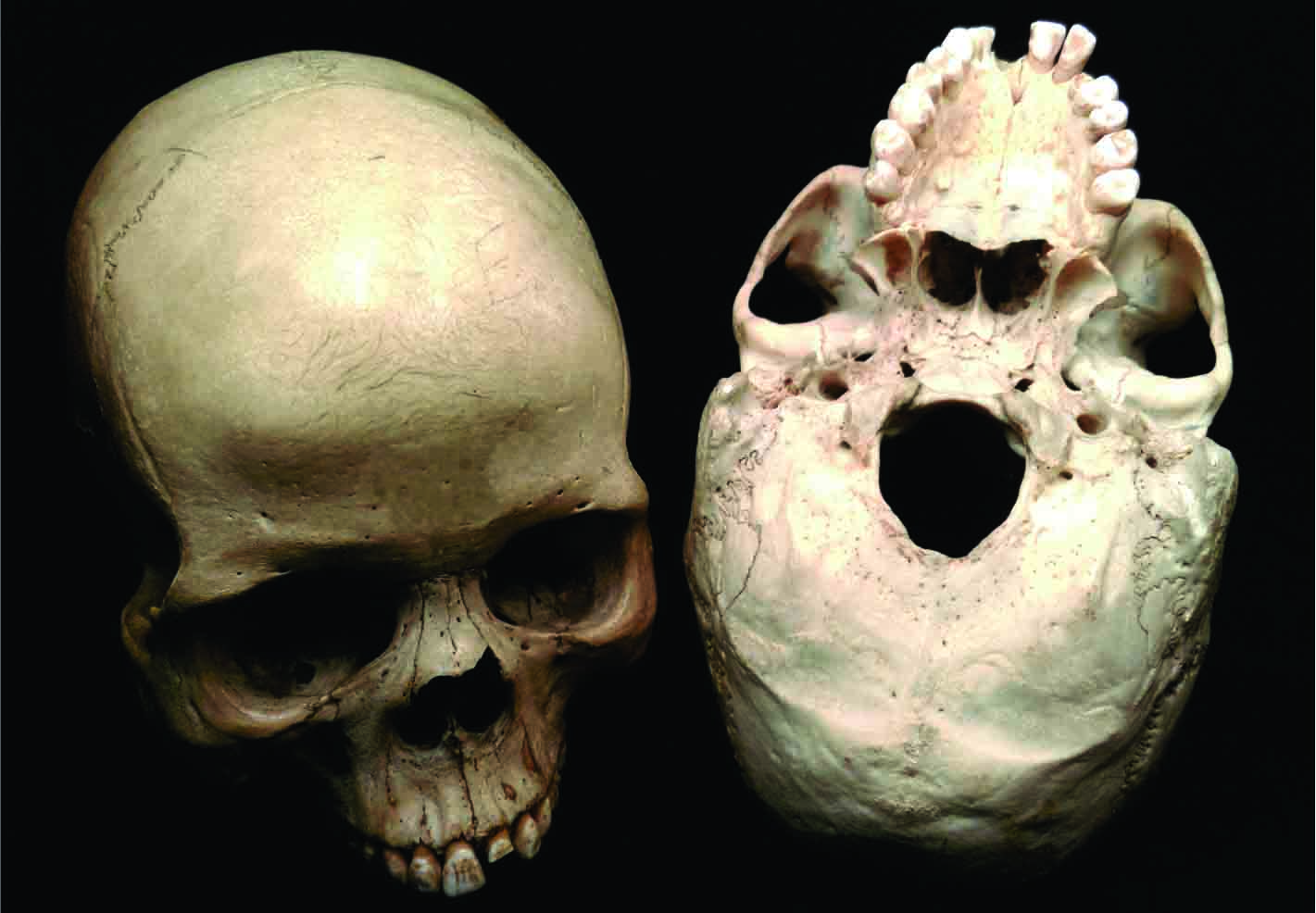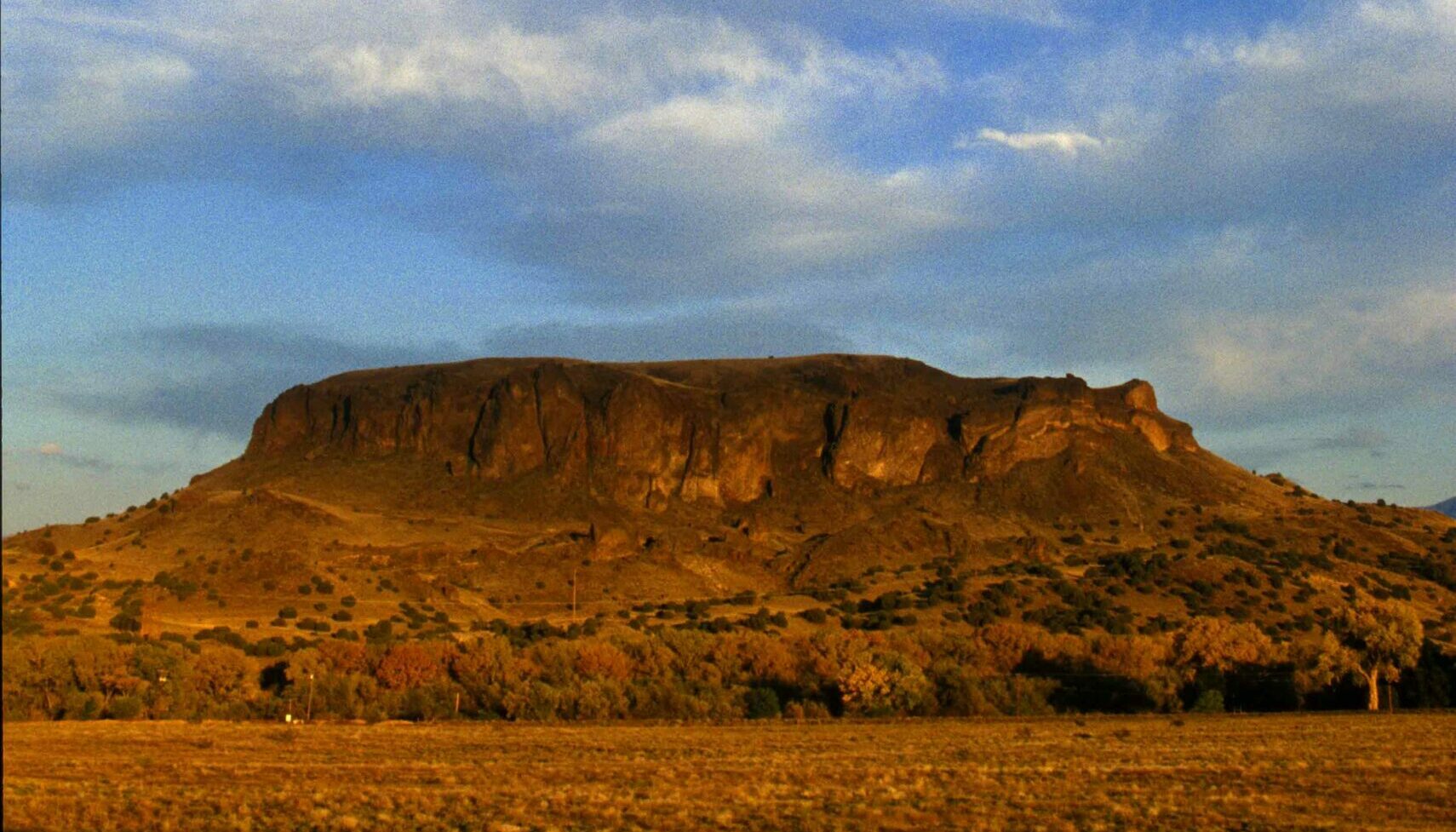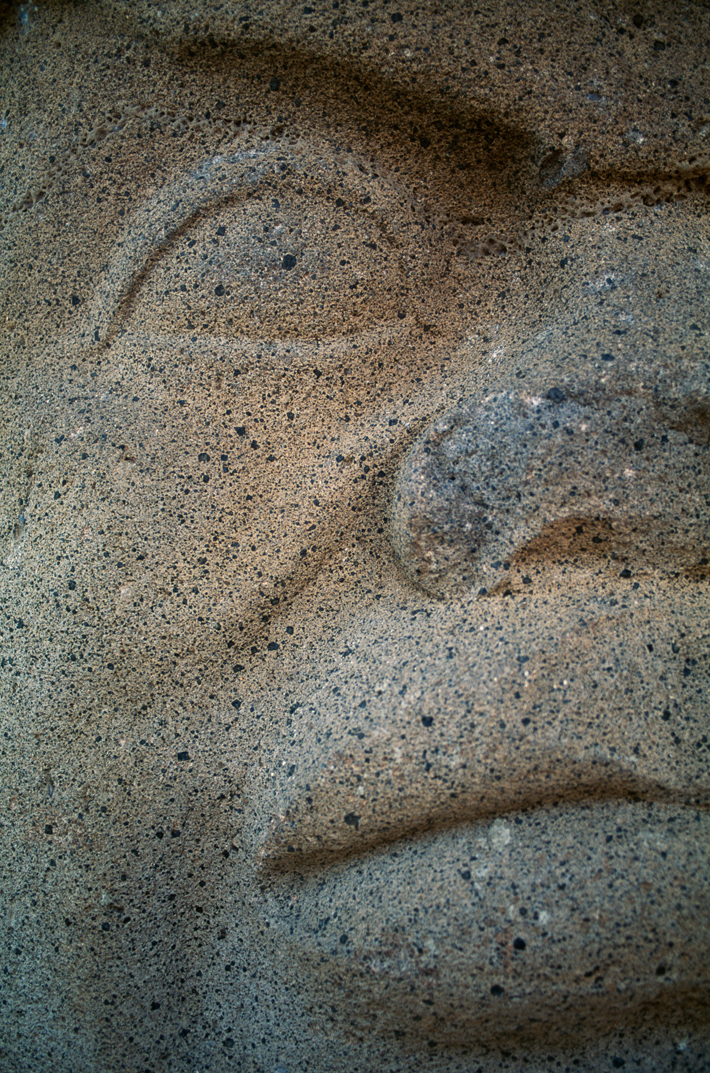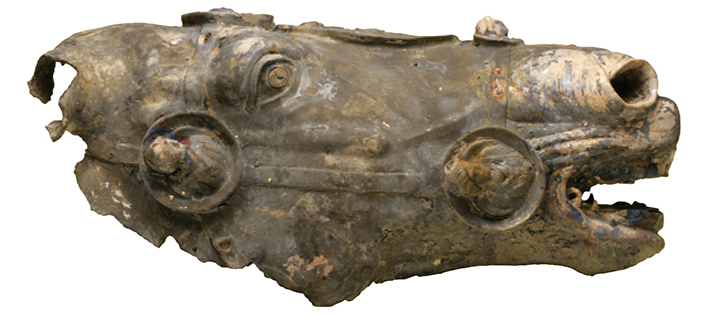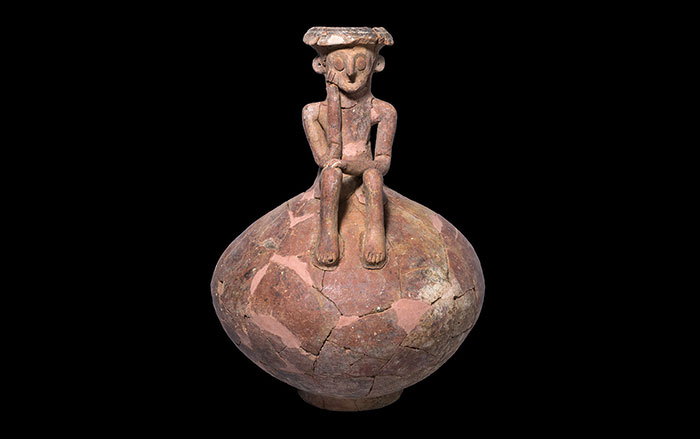
TEMPE, ARIZONA—According to a report in Science Magazine, Bill Kimbel of Arizona State University and Yoel Rak of Tel Aviv University have analyzed the skull of a juvenile Australopithecus sediba individual, discovered in Malapa, South Africa, in 2008 by Lee Berger of the University of Witwatersrand. Berger suggested that the Australopithecus sediba fossils, which have been dated to 1.98 million years ago, could represent an ancestor to Homo erectus and, thus, to modern humans. Kimbel and Rak examined the facial features and cheekbones of other australopithecines, apes, and Homo fossils in order to try to predict how the young Australopithecus sediba individual would have matured. They concluded that Australopithecus sediba could be a “sister species” to Australopithecus africanus, and, therefore, not a direct human ancestor. “The ultimate resolution of the question must await the long-hoped-for recovery of the adult cranium of Australopithecus sediba,” commented Darryl de Ruiter of Texas A&M University. For more, go to “The Human Mosaic.”


